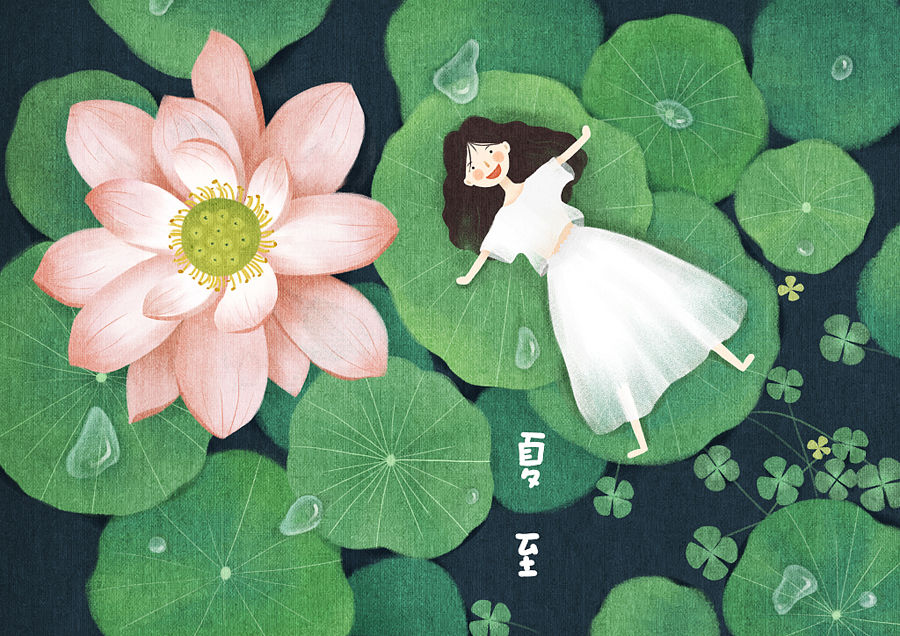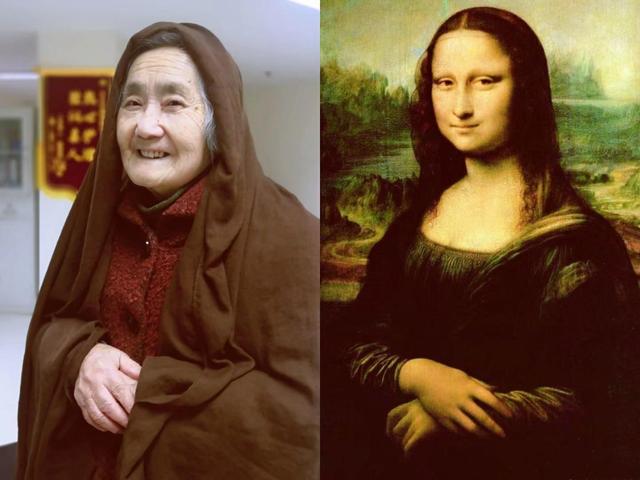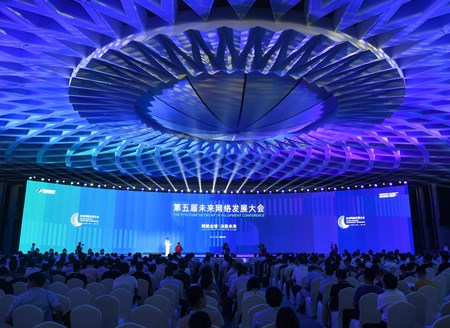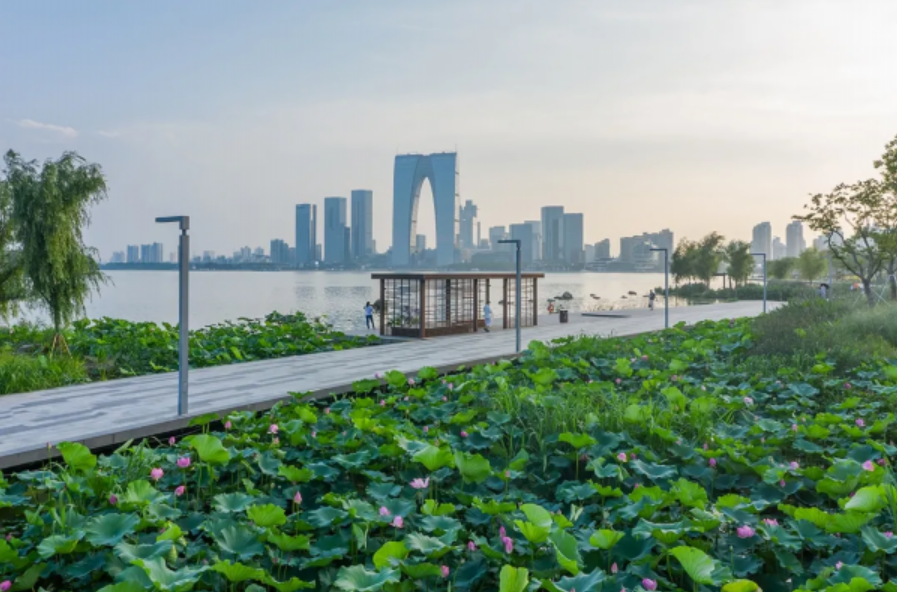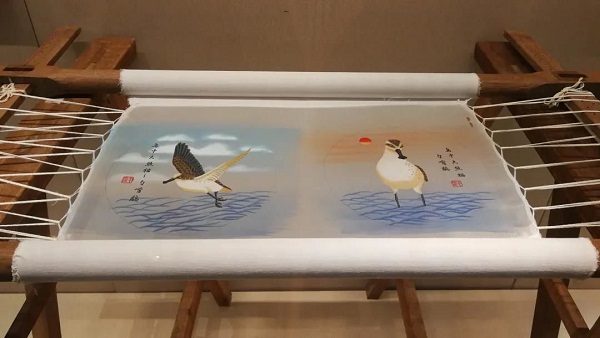
Traditional embroidery originating from Dongtai, Yancheng in Jiangsu province. [Photo/ourjiangsu.com]
The Ministry of Culture and Tourism released a new group of 325 national intangible cultural heritage items on Thursday in Beijing, increasing the list established in 2006 to 1,557 items.
A total of 16 items from Jiangsu province were included on the list, including Yuhua tea producing technique, Dongtai hair embroidery, Taixing drums, and Rugao silk carpets.
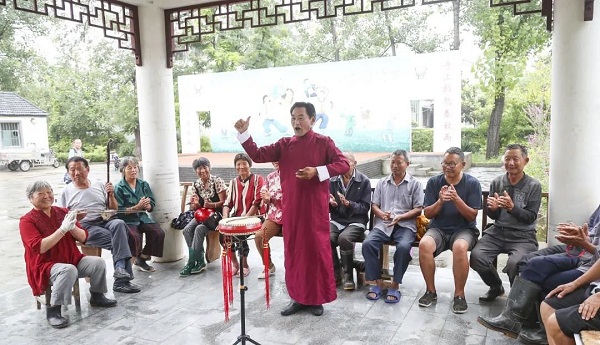
A traditional folk art popular in Suqian, Jiangsu province. [Photo/ourjiangsu.com]
Judges organized by the ministry selected the new items from 943 nominations from around the country falling under 11 categories, which include folklore, traditional music, dance, opera, sports, arts, crafts, medicine, and, a new category, diet.
"One reason for adding the new category this year was that nominations concerning traditional diet made up one-sixth of the total, a rather high proportion," said Wang Chenyang, director of the ministry's Intangible Cultural Heritage Department.
Traditional diet used to be classified among traditional crafts in the list. However, its judging standards vary considerably from those for other crafts, such as pottery, textile technology or architecture, he said.
This year, cooking skills such as those of Sichuan, Anhui and Chaozhou cuisines entered the traditional diet list, in addition to the cooking skills of local snacks like Shaxian county snacks, Guilin rice noodles and Lanzhou beef noodles.
"Over thousands of years, Chinese people from different areas have created diverse diets in accordance with their different living environments and local products. This category is not only about cooking skills, but a whole set of knowledge and practices regarding selection of ingredients, processing, cooking and consuming," Wang said.
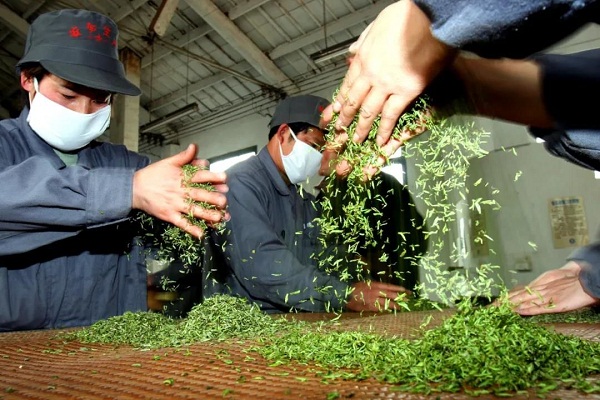
A technique for making Yuhua tea from Nanjing, Jiangsu province. [Photo/ourjiangsu.com]
These are important parts of Chinese social life and convey Chinese people's ideas about health and respect for food and nature, he said.
"In recent years, with creative development, many intangible cultural heritage items have integrated into modern life and have contributed to the country's economic development and the improvement of people's cultural life," Wang said.
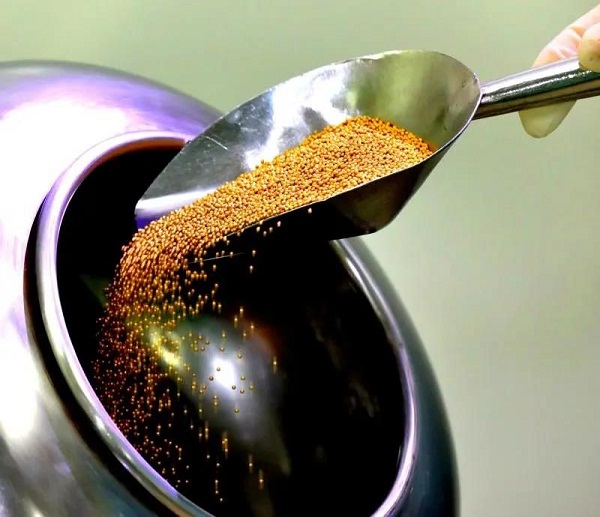
The technique for making wangshi baochiwan, a traditional Chinese medicine used mostly to teat digestive problems. [Photo/ourjiangsu.com]
